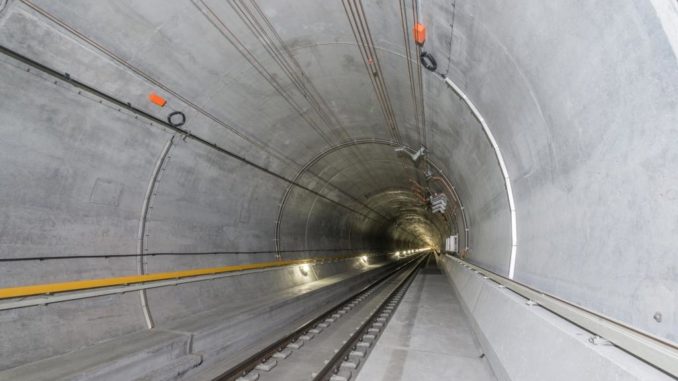
There are a huge amount of highways, around six million kilometers and 240,000 kilometers of railways that spread across the United States. Traveling above ground has become rather congested in city areas and therefore tunnels have become a solution for cars, trains, water, sewage and power. Today careful infrastructure engineering enables us to build tunnels through mountains and under the oceans. However in history it was not always so easy to create tunnels, here in this article we look at how engineers perfected the art of building tunnels for the infrastructure of society.
Originally tunnels that were created in the past were by Roman engineers and these tunnels only carried water. The Roman’s created the most complex network of tunnels within the ancient world that were called aqua ducts. Aqua ducts carried water from mountain springs down to villages, they were constructed from carved underground chambers that carried fresh water into the city and carried waste out. These first examples of infrastructure engineering then lead the way to tunnels being used in other ways other than carrying water.
In the 17th Century tunnels were being used to create pathways for canals, without railways and highways for raw materials this became the easiest way to transport goods over long distances. But it did not end there, with technology expanding to cars and trains, by the 19th and 20th centuries tunnels were being developed for these new modes of transport. Tunnels became bigger, better and longer than ever before.
With today’s technology and the advanced information that is available for infrastructure engineering means that tunnels can be built through mountains and under the ocean. Before tunnels are created today engineers are able to investigate the area they plan to build a tunnel through. Engineers test rock samples and drill test holes to ensure that the area is stable enough for a tunnel.
Today infrastructure engineering has taught us how to successfully create a tunnel, there are three basic steps that are needed for a tunnel to work. The first step is the excavation part of the tunnel, which involves engineers digging through the earth with a reliable tool or technique that is suitable for the surface. The second step is the support that the tunnel will need; engineers need to keep all unstable parts of the tunnel supported whilst they dig. The final aspect to tunnel building is the final parts that are added once the tunnel has been declared safe and sound.
Proudly WWW.PONIREVO.COM



